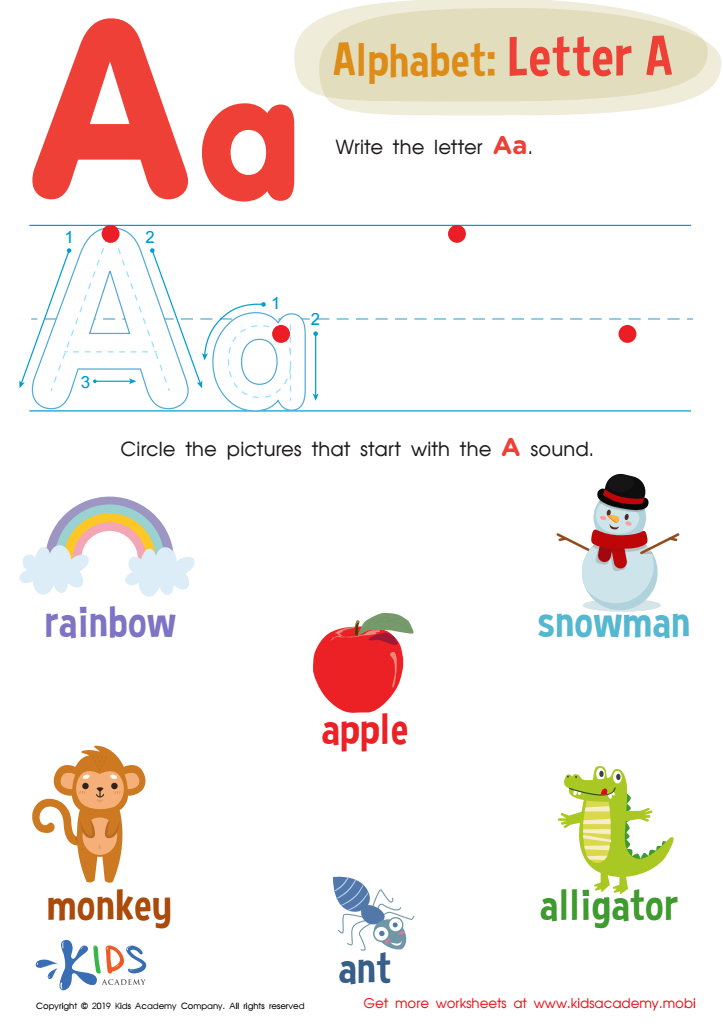Alphabet tracing Normal Letter Recognition Worksheets for 4-Year-Olds
5 filtered results
-
From - To
Discover our engaging Alphabet Tracing Normal Letter Recognition Worksheets designed specifically for 4-year-olds! These worksheets provide a fun and interactive way for young learners to develop essential literacy skills, including letter recognition and fine motor control. Each worksheet features large, traceable letters that encourage proper handwriting techniques while fostering a love for reading and writing. Perfect for at-home learning or classroom activities, our resources promote cognitive development through colorful imagery and playful exercises. Help your child thrive in their educational journey with these finely crafted, age-appropriate worksheets that make learning the alphabet an enjoyable experience! Download now and watch your child's skills soar.


Letter P Tracing Page


Letter Q Tracing Page


Letter H Tracing Page


Letter A Tracing Worksheet


Letter D Tracing Page
Alphabet tracing and normal letter recognition are crucial for 4-year-olds as they lay the foundational skills for literacy and overall cognitive development. These activities help young learners familiarize themselves with the shapes and sounds of letters, making it easier to associate them with words and sounds later on. Understanding letter forms not only improves writing motor skills but also boosts hand-eye coordination, as children practice controlling their hand movements with tracing tasks.
Moreover, early recognition of letters encourages phonemic awareness, which is critical for reading success. When children can recognize letters—including both uppercase and lowercase—they gain confidence during later stages of learning, like reading and spelling. This digital age often inundates children with technology, but engaging in traditional activities like tracing can provide a tactile learning experience that reinforces memory retention.
Parents and teachers should prioritize these skills because they directly influence a child's ability to succeed academically. Establishing a strong foundation in early literacy not only nurtures a child's intellectual growth but also fosters a love for reading and writing, setting the stage for lifelong learning. Ultimately, investing time in these critical activities gives children the tools they need to thrive in school and beyond.
 Assign to My Students
Assign to My Students















